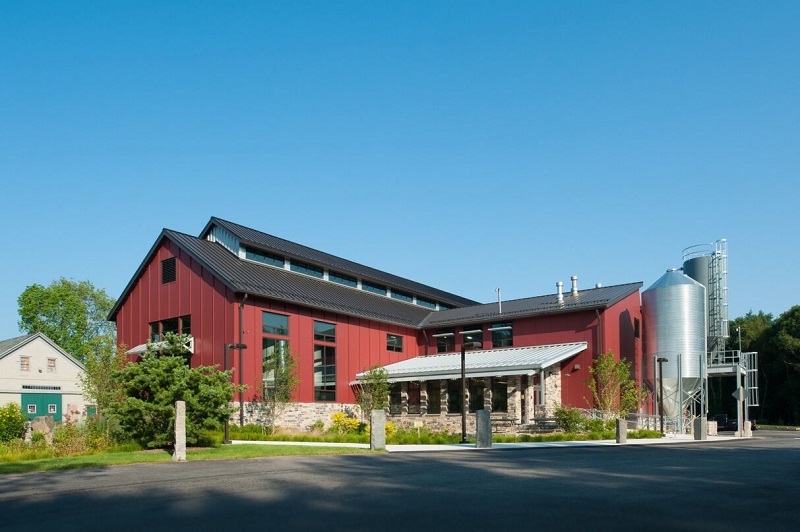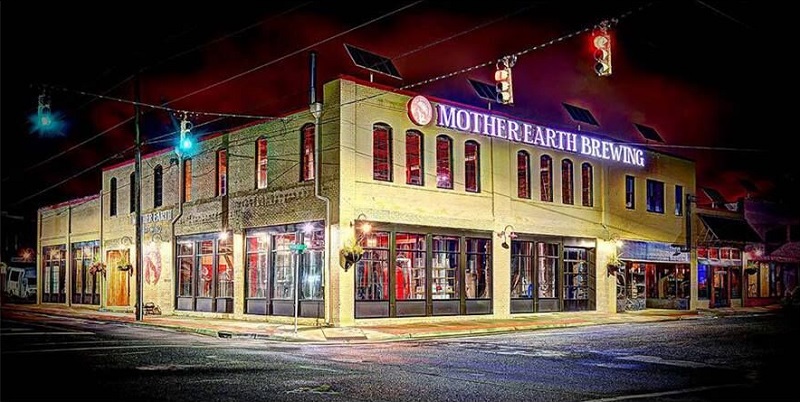Gold Standard: Breweries Earning LEED Certification
Smuttynose Brewing Co. in Hampton, New Hampshire, became the third Leadership in Energy and Environmental Design (LEED) Gold certified brewery in the United States this April.
Much to the surprise of brewery spokesperson JT Thompson, the process didn’t actually involve the type of science and engineering that belonged in a science fiction movie.
“I thought I was going to have to learn some sort of Star Trek technology,” said Thompson. “The more you learn about it, the more granular it gets, but the more simple you learn everything is.”
So how granular is the LEED program’s second-highest certification? Well, the sheer costs of $25 million and 10 years aside, and never mind the 85-yard transposition of an entire 19th century Victorian house, the answer is pretty granular.
Smuttynose’s building faces west so that most every square foot receives sunlight, and the windows are treated for maximum thermal uptake and retention. Trees cut down during construction were milled down and converted into tables for the brewery’s Hayseed Restaurant, which is located in that same transported Victorian house. And, back in the brewery, the floors slope to larger drains for reduced water usage and a tight building envelope ensures maximum insulation. The carriage house outside was carefully deconstructed for later use.

(Photo courtesy Smuttynose Brewing Co.)
But despite those measures and more, such as the 89.3 percent recycling and reuse rate during construction and the 30.4 percent water use reduction for the facility, Thompson says there is one question that consistently comes up: “Where are your solar panels?”
“They’re almost functional advertisements for trying to be sustainable,” said Thompson. According to him, the devices don’t make sense for the amount of sunlight at Smuttynose’s location.
Black Star Co-op Pub & Brewery in Austin, Texas, and Mother Earth Brewing in Kinston, North Carolina, are the only other two U.S. breweries that have achieved LEED Gold so far. New Belgium is currently in the process of getting the Gold certification for its new Asheville brewery. And only a handful of other breweries, including Motor Row Brewing in Chicago and Brewery Vivant in Grand Rapids, Michigan, have achieved any LEED certification. Buildings can qualify for four levels of certification: Certified, Silver, Gold and Platinum.
Trent Mooring, co-owner and president of Mother Earth, had already built his brewery when he decided to go for LEED certification. “With our name being Mother Earth, we thought it was important to be LEED certified,” said Mooring. “It’s just a stamp of approval for doing the right thing.”

(Photo by Dr. Laddie Crisp)
Unlike the new Smuttynose location, Mooring’s brewery does have solar panels. But like Smuttynose, Mother Earth keeps careful track of its water usage and recycling rates, and also has abundant natural light in the brewery to cut down energy use. Part of the certification was influenced by the fact that employees bike to work, said Mooring.
“It’s a long hard process, and it’s a lot of work,” Mooring said. “My whole process on this was, let’s do this the right way, and maybe in 30 years more people will do it that way and maybe it’ll be more economical in the future.”
Mooring said that for his brewery to have received Platinum certification, the highest certification offered by LEED, he would have had to start the process from the beginning—as a new construction applicant for certification—rather than after construction.
The brewery at the Robert Mondavi Institute at the University of California, Davis, is the only brewery to receive Platinum certification. However, it is primarily used for research and education.
Bo McMillan is an Editorial Assistant for All About Beer Magazine.

Urban Chestnut Brewing Company in St Louis, MO is LEED Silver certified- FYI
Sierra Nevada’s Mills River brewery just earned PLATINUM!